I have a love-hate relationship with my hair – partly because I don’t have a lot of it, and what I do have is thin. So thin that I often joke that I hate my hair, and that my three strands of hair hate me back.
So, when my already-fine hair started shedding, it was instantly obvious.
I had COVID in January of this year, and thankfully, a very low-grade two-hour temperature was the extent of it, but a few weeks later, it started: in the shower, on my tops, caught up in my scrunchie—my hair was everywhere except on my head.
My ponytails have always been sad and thin, and now they’re sadder and thinner. The hair on my right temple is usually a sparse, perma-patch of regrowth and baby hairs, but now I see more scalp and fewer baby hairs. Suddenly, my hair is the only thing I can think about, and I’m not alone.
Around the world, including in Australia, men and women are experiencing hair loss after a bout of COVID. In the US, the Mayo Clinic found that 22 per cent of patients reported hair loss after contracting COVID, and the phenomenon has also been observed in the UK.
The Atlantic summed up the situation succinctly: 2021 was The Year America’s Hair Fell Out, according to a recent headline, with infection, lockdowns and anxiety over work and the rising death toll colluding to create “a near-perfect mass hair-loss event”.
But while we might be surprised, trichologists (experts who study hair-related illnesses) and hairdressers are not.
My stylist Barney Martin confirms that he’s seeing more clients who are complaining of hair loss. But he offers some words of comfort: “Most hair loss is temporary and only noticeable to the person it’s happening to.”
Chelcey Salinger from the Australian Trichology Centre agrees there has been an increase in two particular types of hair loss, which seem to relate to the pandemic: telogen effluvium “which is an all-over shedding” and alopecia areata, an autoimmune type of hair loss that “tends to present in circular patches”.
Of these, telogen effluvium is the most likely culprit, Salinger says.
But don’t panic. It’s not that COVID is causing hair loss; but rather the stress caused by COVID.
To understand this, you need to understand how hair grows. A normal hair growth cycle has four main stages: growing (the anagen phase), which accounts for 85-90 per cent of hairs on the scalp; transitional (or catagen phase, the “short phase between the hair ceasing to grow and fully resting,” explains Salinger); resting (the telogen phase, when “the hair remains in the follicle to enable the new hair to develop, and this new hair will eventually push the old hair out of the follicle”) and shedding (exogen phase).
Stress can disrupt the anagen and telogen balance, forcing a greater number of hair follicles into the telogen stage and mucking up the cycle timeline.
I think it’s important to note here that telogen effluvium is not COVID-specific, and can happen to anyone experiencing a major event, from childbirth and surgery, to high fevers brought on by the flu.
While Salinger notes that, like the infection itself, COVID-related hair loss doesn’t differentiate between ethnicities, demographics or hair loss, her patients have skewed more female than male. (This is likely because our higher oestrogen levels make us more susceptible to autoimmune problems, we’re more likely to have iron deficiencies, and be on certain oral contraceptives – all of which can contribute to hair loss problems).
When our hair looks good, it helps us to feel good.
Salinger also speculates that hair loss can affect women more deeply.
“I think hair loss in women is seen as less ‘socially acceptable’ [compared to] men, and we place a lot of value in our hair,” she observes. “It’s not scientific, but I think when our hair looks good, it helps us to feel good.”
As I said, I’ve never been especially attached to my hair, but that doesn’t mean I want it to vacate my scalp. Looking in the mirror and seeing more skin than strand feels… not great.
But I would never leave you on a downer. The good news is that COVID-related hair loss, the telogen effluvium kind, which can start two to three months after infection or vaccination, is “temporary and self-correcting,” says Salinger. “The rate of hair loss is usually back to normal after about three months,” she adds.
Three things Salinger prescribes for her patients dealing with hair loss
1. Iron, vitamin D and zinc: key nutrients for hair growth, and a blood test will tell you if your levels are adequate.
2. Don’t over-heat your hair: turn down the temperature on styling tools.
3. Antioxidants: oxidative damage happens when free radicals impact scalp health, which impacts hair health. “Antioxidants can counteract this damage, so eat a wide variety of fruits and vegetables, especially brightly coloured ones, as they’re rich in antioxidants.”
…and five things I prescribed myself
1. Hair supplements: These often contain selenium, an antioxidant that can be helpful if hair loss is due oxidative damage. I had to stop taking one hair supplement because I was getting heart palpitations, which freaked me out but Salinger explains it can happen, as “taking minerals can sometimes create an imbalance of calcium/magnesium/sodium and potassium.” (Lesson: aways consult your medical professional before starting any kind of supplementation.) I’m halfway through a bottle of Vida Glow Hairology, so too early to tell if it’s doing anything, and I’m still taking Pearl Marine Collagen, which has worked miracles on my nails, but nada on my hair (or skin).
2. Nioxin: This scalp-focused brand has the clinical studies to back up what millions of women around the world have been saying for years: it really does help minimise shedding. The overnight antioxidant serum, which targets hair loss linked to oxidative damage, is an easy add-on to any haircare routine.
3. Revolution Haircare Plex: This is the budget version of a much pricier brand (I’m sure you can guess), and does a good job restoring resilience to fragile strands. It comes down to the three different molecular weights of protein that target the surface, cuticle and cortex of hair.
4. Goldwell Bond Pro: And if you wanted to spend a little more, this also repairs, and adds strength and suppleness to strands.
5. Less heat styling and looser ponytails: Martin suggested I start being “kind to my hair,” (ha!) so I’m minimising the mechanical stress. And I recently paid him a visit for a long overdue haircut (it had been a year, which is shocking, even for me). The hope is that my new grows in, everything is the same length, and my hair goes back to its 2019-thinness.
One thing you definitely should not do
Please don’t Google. You’ll come away overwhelmed, misinformed and probably a little poorer, too. If your hair loss is telogen effluvium, which is temporary, and your hair starts growing back in a couple of months, I would hate for you to think it’s because of that dodgy supplement you bought, and pass on that misinformation to your friends. See a professional, and it doesn’t have to be a trichologist—most dermatologists will treat hair loss, too.





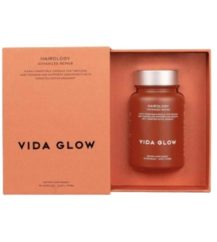
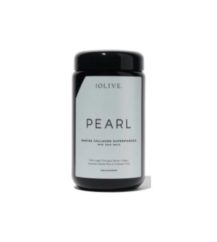
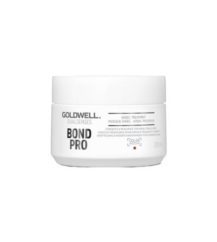
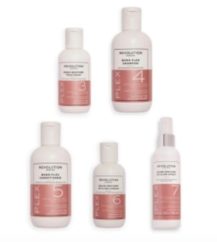




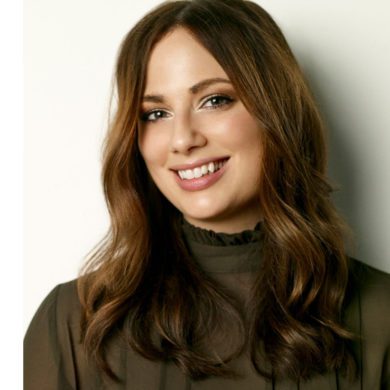
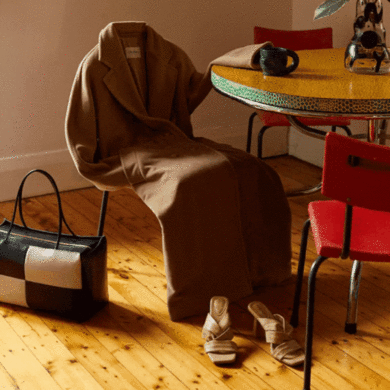



No Comments